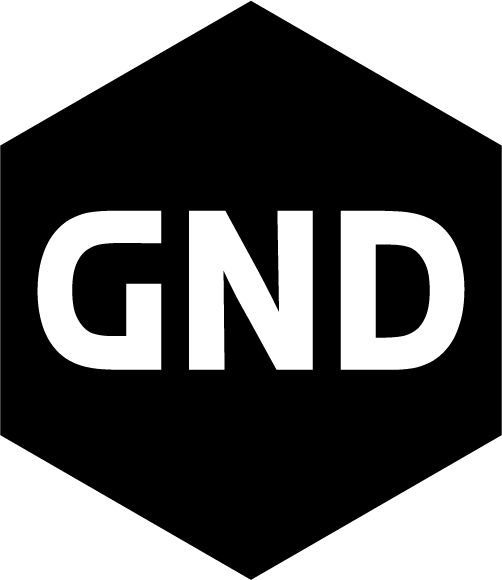| Titel: |
| Applications of Physics of Stochastic Processes to Vehicular Traffic Problems |
|
| Beteiligte Personen: |
| Julia Hinkel[VerfasserIn] |
 |
13371103X |
| Reinhard Mahnke
, Priv.-Doz. Dr.[AkademischeR BetreuerIn] |
| Reinhard Mahnke
, Priv.-Doz. Dr.[AkademischeR BetreuerIn] |
| Steffen Trimper
, Prof. Dr.[AkademischeR BetreuerIn] |
|
| Beteiligte Körperschaften: |
| Universität Rostock, Mathematisch-Naturwissenschaftliche Fakultät[Grad-verleihende Institution] |
 |
2147083-2 |
|
| |
| Zusammenfassung: |
|
The thesis is devoted to the description of traffic flow. This topic is actively discussed
in different fields of our society and has found a great interest in the physical
community. Recently, the traffic volume runs up to such high values, that car congestions
become usual and almost the only possible state of the car motion. For this reason,
the still open and often discussed questions are the optimal control of the congested
traffic and the methods of the jam prevention. For this purpose, the detailed analysis
of the possible states of traffic flow dynamics by means of the thorough study of
the cooperative motion phenomenon is performed within the framework of this thesis.
One of the most interesting property of traffic is the jam formation. Such reasons
as lane reductions or dense traffic can surely cause a car congestion. A method to
calculate the traffic breakdown is discussed and developed. The results are compared
with empirical data measured at German highways.
[Englisch] |
|
Die Arbeit ist der Beschreibung des Straßenverkehrs gewidmet. Die Thematik wird aktiv
diskutiert in verschiedenen Bereichen unserer Gesellschaft und hat grosses Interesses
in der physikalischen Gemeinschaft gewonnen. Vor kurzem hat das Straßenverkehrsvolumen
einen so hohen Wert erreicht, dass
häufig nur der Stau die Verkehrssituation richtig beschreibt. Aus diesem Grund sind
die Frage nach optimaler Kontrolle der Staus und Methoden der Stauverhütung noch offen.
Daher wird in dieser Arbeit eine detaillierte Analyse der möglichen dynamischen Verkehrsphasen
mithilfe des kooperativen Bewegungsphenomäns durchgeführt. Eine der spannendsten Situationen
dabei ist die Bildung des Staus. Spurverengung oder dichter Verkehr sind mögliche
Gründe für den Zusammenbruch des flüssigen Verkehrs. Es wird eine Methode zur Berechnung
des Zusammenbruchs eingeführt und diskutiert. Die
Ergebnisse werden mit empirischen Daten von deutschen Autobahnen verglichen.
[Deutsch] |
|
| Dokumenttyp: |
|
| Einrichtung: |
| Mathematisch-Naturwissenschaftliche Fakultät |
|
| Sprache: |
|
| Sachgruppe der DNB: |
| 380 Handel, Kommunikation, Verkehr |
|
| |
Veröffentlichung /
Entstehung: |
Rostock
|
Rostock: Universität Rostock
|
|
2007
|
|
| |
| Identifikatoren: |
|
| |
| Zugang: |
|
frei zugänglich (Open Access)
|
|
| Lizenz/Rechtehinweis: |
alle Rechte vorbehalten
Das Werk darf ausschließlich nach den vom deutschen Urheberrechtsgesetz festgelegten Bedingungen genutzt werden. |
|
|
| RosDok-ID: |
rosdok_disshab_0000000008 |
| erstellt / geändert am: |
17.12.2007 / 08.08.2023
|
| Metadaten-Lizenz: |
Die Metadaten zu diesem Dokument sind gemeinfrei
(CC0 1.0 Universal Public Domain Dedication). |
 Zugang
Zugang

 alle Rechte vorbehalten
alle Rechte vorbehalten